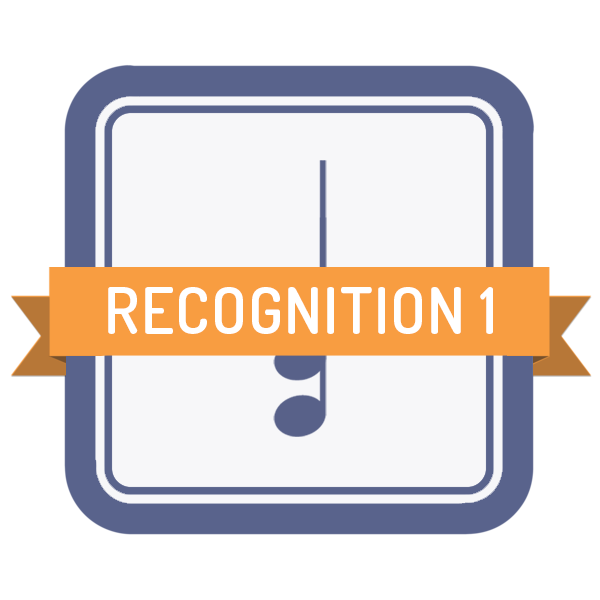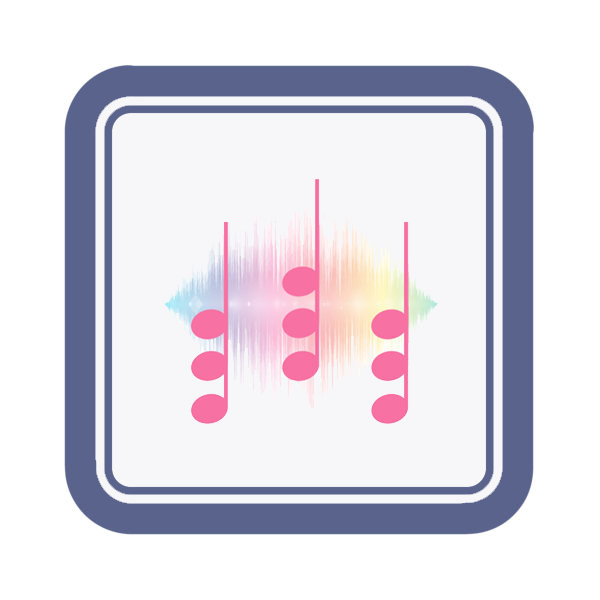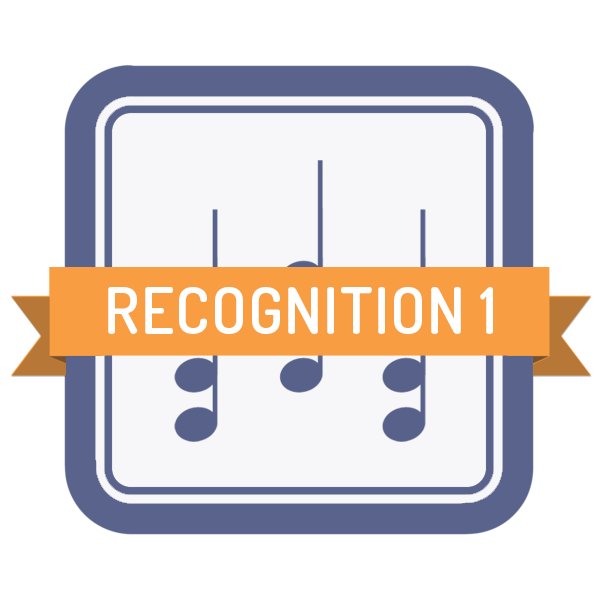
Play Chords By Ear Courses
Being able to instantly recognise chords in music and know how to play them on your instrument or improvise over them is a major goal for many musicians. As with any musical goal it’s important to break it down into manageable chunks and connect it with your musical life.
Let’s look at how Musical U can help you learn to recognise chords and play them by ear.
Setting a Goal
Here are some examples of goals for which Musical U members have created “play chords by ear” courses for:
Planning the Steps
The exact sequence of steps to reach these goals will vary for each particular member of Musical U, to make sure it suits their current abilities and specific interests. But here’s one example of a 5-step plan for learning to play chords by ear:
Step 1: Start Recognising Chord Types
Most Musical U members who create a course for playing chords by ear already have quite a strong sense of relative pitch, so there’s no need to start from the absolute basics.
Step one is to use the Chord Recognition: Triads module to get solid on recognising major, minor, augmented and diminished chords by ear. The focus is on major and minor chords, and learning to hear the individual notes as well as the overall characteristic sound of each chord type.
Chord Recognition 1
 Practice recognising the four fundamental types of chord, the “triads”: (major, minor, augmented, diminished).
Practice recognising the four fundamental types of chord, the “triads”: (major, minor, augmented, diminished).
After completing this module: you will be able to reliably recognise the four types of triad chord (major, minor, augmented, diminished) in their “root” form.
Step 2: Learn About Chord Progressions
Before diving into recognising chords by ear it’s important to understand the fundamental concepts of chord progressions and how they work.
Ear Expansion: Chord Progressions
 Learn all about what chord progressions are and why they’re important in music.
Learn all about what chord progressions are and why they’re important in music.
After completing this module: you will understand what chord progressions are and how learning to recognise the most common ones will help you to be more musical.
Step 3: Discover the “4-Chord Song”
It’s possible to get very good at recognising chord progressions by ear with not much work. The key is to learn the “4-chord trick” and how learning to recognise just 3 or 4 chords can unlock thousands of songs for you.
3-Chord Songs and the 4-Chord Trick
 Learn how the same 3- and 4-chord progressions power thousands of hit songs and how you can play them by ear with 3-Chord Songs and the 4-Chord Trick.
Learn how the same 3- and 4-chord progressions power thousands of hit songs and how you can play them by ear with 3-Chord Songs and the 4-Chord Trick.
After completing this module: you will understand what the I, IV, V and vi chords are, and why their progressions are so important.
Step 4: Chord Progression Recognition
Start training your ears to recognise the I, IV, V and vi chords when you hear them using this module which provides dozens of tracks to train and test yourself with, plus interactive quizzes to check your new skills. The module starts from easy examples and gradually gets more complicated.
Chord Progression Recognition
 Practice recognising the most common chord progressions by ear.
Practice recognising the most common chord progressions by ear.
After completing this module: you will be able to reliably recognise the I, IV, V and vi chords in progressions.
Step 5: Start Applying it to Real Music
Once your core chord recognition skills are established, it’s time to move from simple artificial training examples to real music tracks.
Progression Practice: I-IV-V
 Start to practice your I, IV, V chord recognition skills with realistic music tracks in a variety of styles: Pop, Rock, Dance, Solo Piano and Solo Guitar.
Start to practice your I, IV, V chord recognition skills with realistic music tracks in a variety of styles: Pop, Rock, Dance, Solo Piano and Solo Guitar.
After completing this module: you will be able to recognise 3-chord (I-IV-V) progressions in a variety of musical styles.
Next Steps
Of course this is just the beginning. Musical U has many more modules for extending your chord progression skills even further…






